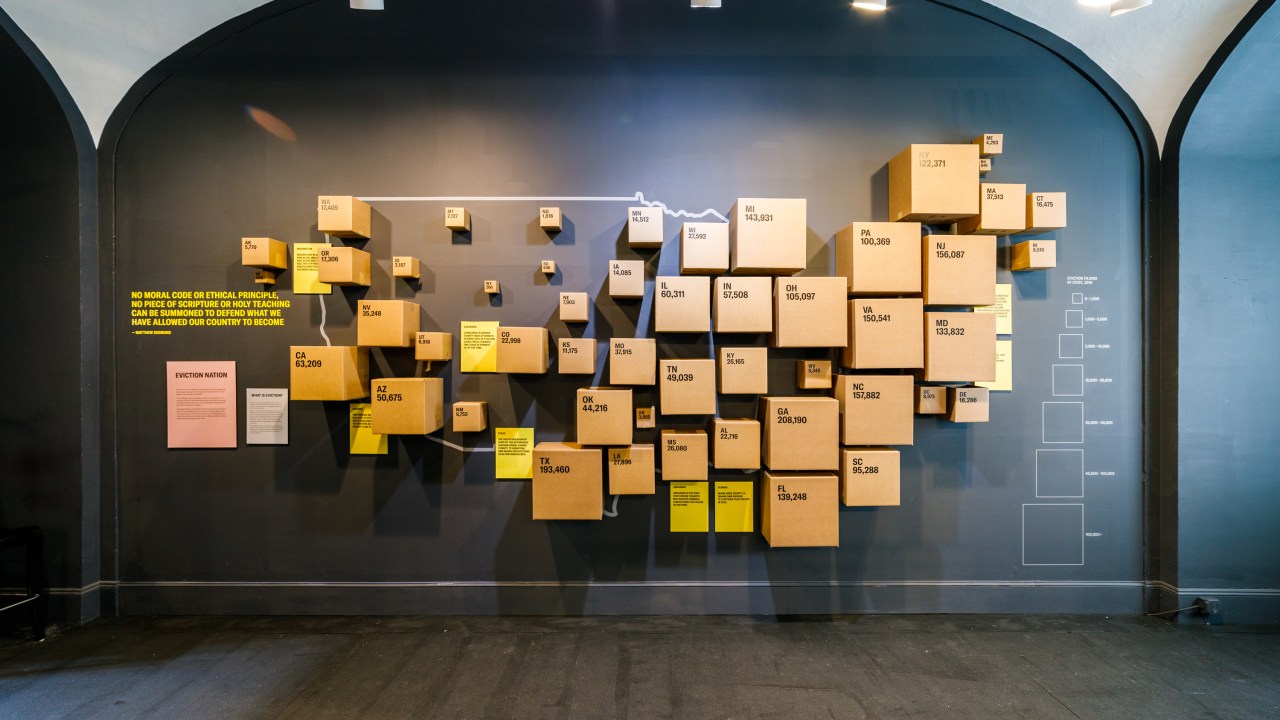
This year’s TrendsWatch profiles several museums working to educate the public about homelessness and housing insecurity. One of the exhibitions I highlighted was Evicted, presented by the National Building Museum from April 2018-May 2019. Today on the blog, curator Dr. Sarah Leavitt tells us how the museum used that exhibition as a starting point for conversations with their visitors, and to empower people to take action.
–Elizabeth Merritt, VP Strategic Foresight and Founding Director, Center for the Future of Museums
“I knew 0% about this issue prior to today.”
“I never realized just how big a problem this is.”
“What can we do to help?”
At the National Building Museum, we love to talk about housing (history, construction, size, sustainability, etc.). But until our 2018 exhibition, Evicted, we had left something out: the stories of people without stable homes. Evicted outlined how chronic housing instability impacts low-income families, causing dangerous fallout in job retention, school performance, and mental and physical health. This is a major part of the narrative of housing in America because the eviction crisis affects millions of Americans every year. For these families, a safe place to call home is an unfulfilled dream. But for many others, including a large portion of our visitors, eviction feels like something happening somewhere else, to other people.
For that reason, we decided to put forward the stories of low-income renters despite the challenges in telling the story—how could we start conversations we weren’t sure how to finish? We wanted to make the issue relevant for all of our visitors, whether they had experienced chronic eviction or not. In the process, we learned how eager museum visitors and staff are for serious, new, and challenging content. They wanted information, and they wanted to understand and discuss ways they could help.
“Please consider including options for immediate activism in your [teaching] guide. When students learn about a problem, they want to fix it. Let’s encourage that!”
As a curator, my job usually ends once the gallery door opens and I move on to the next project. For this show, however, I gave over 100 tours, engaging with visitors in a way I never had before in my thirty-year career. The reactions I heard were things like: “I didn’t know,” “I want to help—tell me how,” and “we want to talk more about this.”
So, we talked, building channels for conversations between the museum and our audiences. For instance, when it was clear that visitors wanted opportunities to write more than our regular comment book could accommodate, our marketing team developed special comment cards that asked questions like “Please share how eviction has impacted you.” When our visitors kept asking how they could help and how they could get involved, we posted a “What can I do?” guide on our website. We had a lot of conversations with a lot of people—including some who had not come to the museum expecting to talk about poverty and social activism. We found that, overwhelmingly, visitors wanted to engage with this difficult, upsetting material, which led to some wonderful spontaneous discussions. But some of our most important work came from a series of specially designed conversations with teachers, students, and the public.
“This small group discussion gave me the opportunity to think out loud with what I had read. Through the conversation I was able to brainstorm and develop ideas of how to complement this topic and other similar topics in my classroom.”
Our museum educators Andrew Costanzo, Caitlin Miller, and Patrick Kraich, under the leadership of our vice president for education Theresa Esterlund, developed a range of dialogue-based programs. One of the highlights was a series of Community Conversations, developed in collaboration with Jeff Prudhomme of the Interactivity Foundation. Andrew and Jeff worked together with a team of classroom educators to create a Teaching Guide for grades 6-12 which served as the basis for the exhibition’s school programs. Based on teacher input, the guide includes contextual information, guidance for facilitating exploratory discussion (rather than debate), and activities to accompany such discussion. Caitlin also worked with the Interactivity Foundation to train museum teaching staff in facilitating student conversations.
“You never know what someone goes through. You have to use your voice to stand up for what you want.”
“I have not been directly impacted by eviction however the more I learn about it the more I want to help and make it right. It makes me feel thankful and that I should help others in need.”
Our staff has years of experience and success with small group conversations around challenging topics with youth, but we have only just begun such work with adults. For Evicted, Patrick worked with Jeff and the anti-poverty nonprofit A Wider Circle to create Facing Eviction through Compassionate Action—a series of structured community conversations open to the public. Jeff facilitated these conversations, in which participants discussed eviction and housing instability and talked about solutions using a “history of the future” approach. Jeff asked them to imagine we were in a future where the eviction epidemic was no more. What did that mean? How did housing work without eviction? And then, importantly: how do we get there? He encouraged participants to be bold, drawing from their own experiences but also imagining new possibilities. This type of rich discussion is exactly what our visitors wanted, and we hope to broaden it to more people for our future exhibitions.
Before the Community Conversation I… “thought that there were few solutions to the eviction epidemic in the US.”
Now I… “realize there are many ways to institute change and policy to eradicate homelessness and decrease evictions nationwide.”
For Evicted, each program built on the others. Our public dialogues gave us ideas for working with teachers and students, and vice versa: our teacher workshops taught us how to work better with the general public. It all came full circle when I used feedback from various groups throughout the year to rewrite some of the text for the exhibition, which will travel to ten cities across the country. For one thing, having found that visitors to wanted to take action, we incorporated some of our web resources with strategies for doing that into the traveling version of the exhibition itself.
As we put forward more exhibitions covering complex and difficult topics—I’m now working on an exhibition about the border wall between the U.S. and Mexico, for example—we want to continue to engage the public in all different kinds of conversations.
Museums are places to educate the public, and Evicted did that, by exploring the context and crisis of housing in America. But because museums are also places of public engagement, we need to bring our visitors together for the difficult reckoning needed to move forward. As one of our Community Conversation participants said, the discussion is “critical to moving [from] education to action.” Another mentioned they felt “appreciative of the museum for facilitating dialogue.”
There is still an eviction crisis in America, and one museum exhibition can’t stop it. But if we take our role as educators seriously, we must continue to try. Our visitors want to learn more, and they want to do more. It’s our job to make space for those conversations to happen, as we lead people from understanding to action.




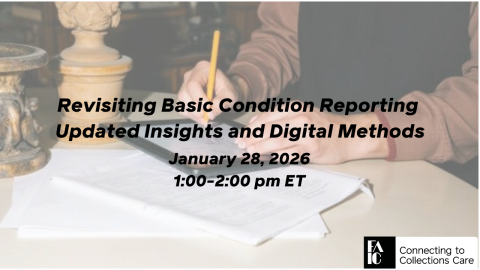
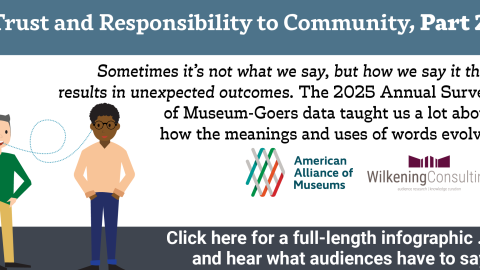
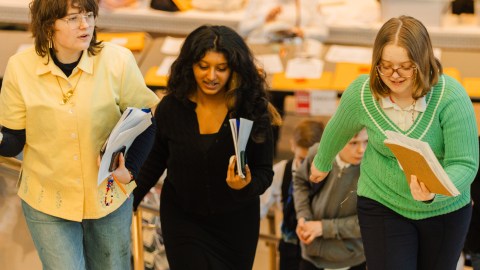
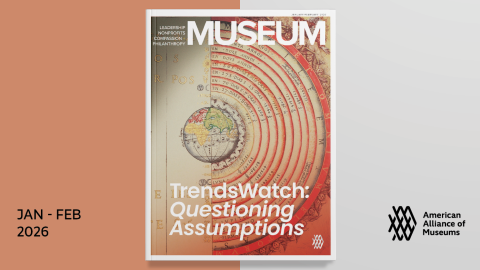
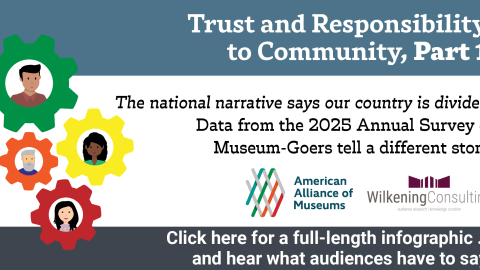
Please make this a traveling exhibit!
Great exhibit, and I agree with Jennifer Carroll, this would be a valuable traveling exhibit.
Another museum that’s been working to tackle issues facing their community is Pacific Science Center in Seattle, WA. They initiated the Science in the City community conversations program in 2016, and in November 2018 through January 2019, PSC opened its a temporary exhibit, “Block by BLOCK: Innovating From the Ground Up.” This exhibit challenged visitors to think about using their skills and abilities to come up with new solutions to pressing issues in the community – in this case, the city’s homelessness crisis.
https://www.pacificsciencecenter.org/news/new-exhibit-on-community-driven-innovation-opens-at-pacific-science-center/